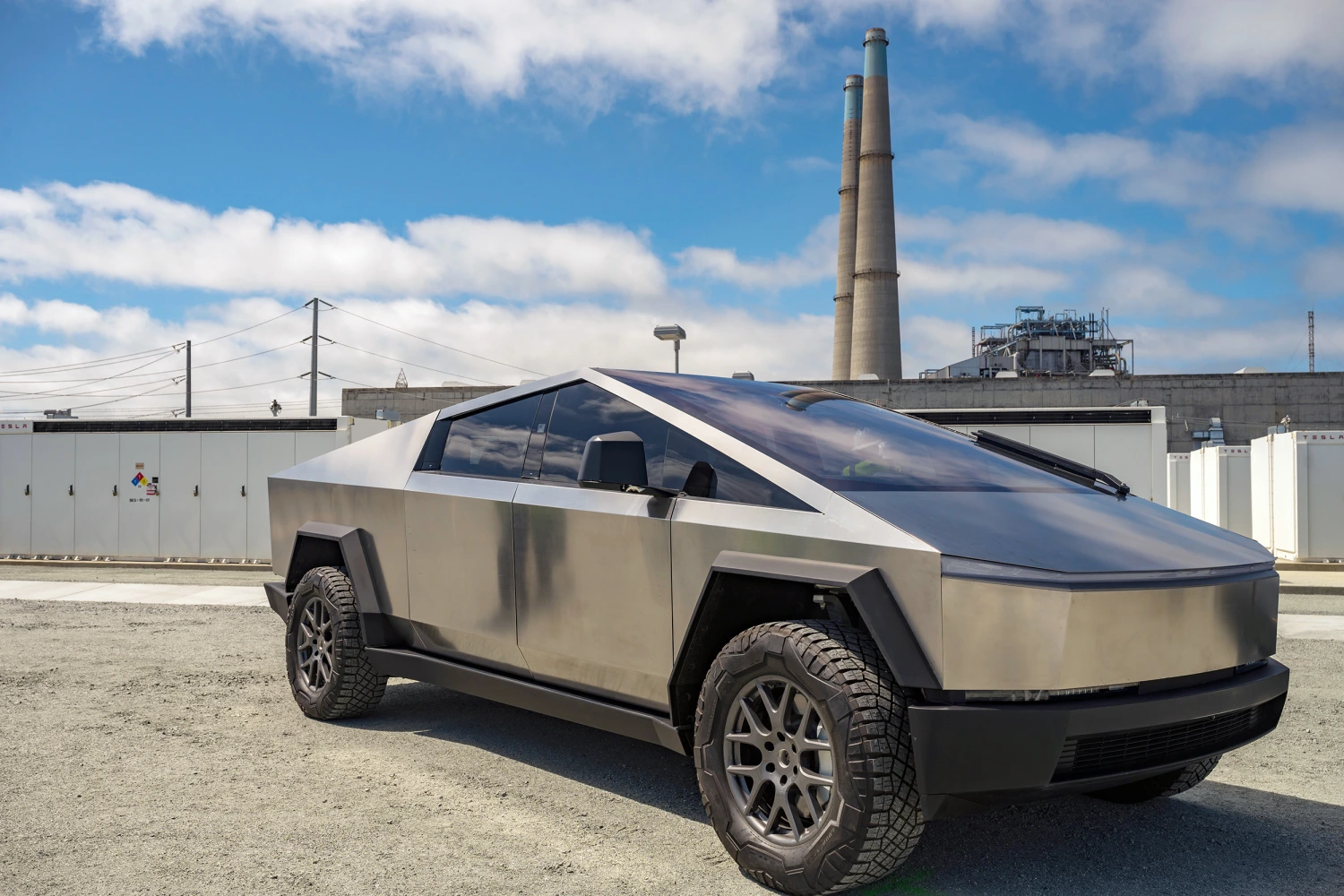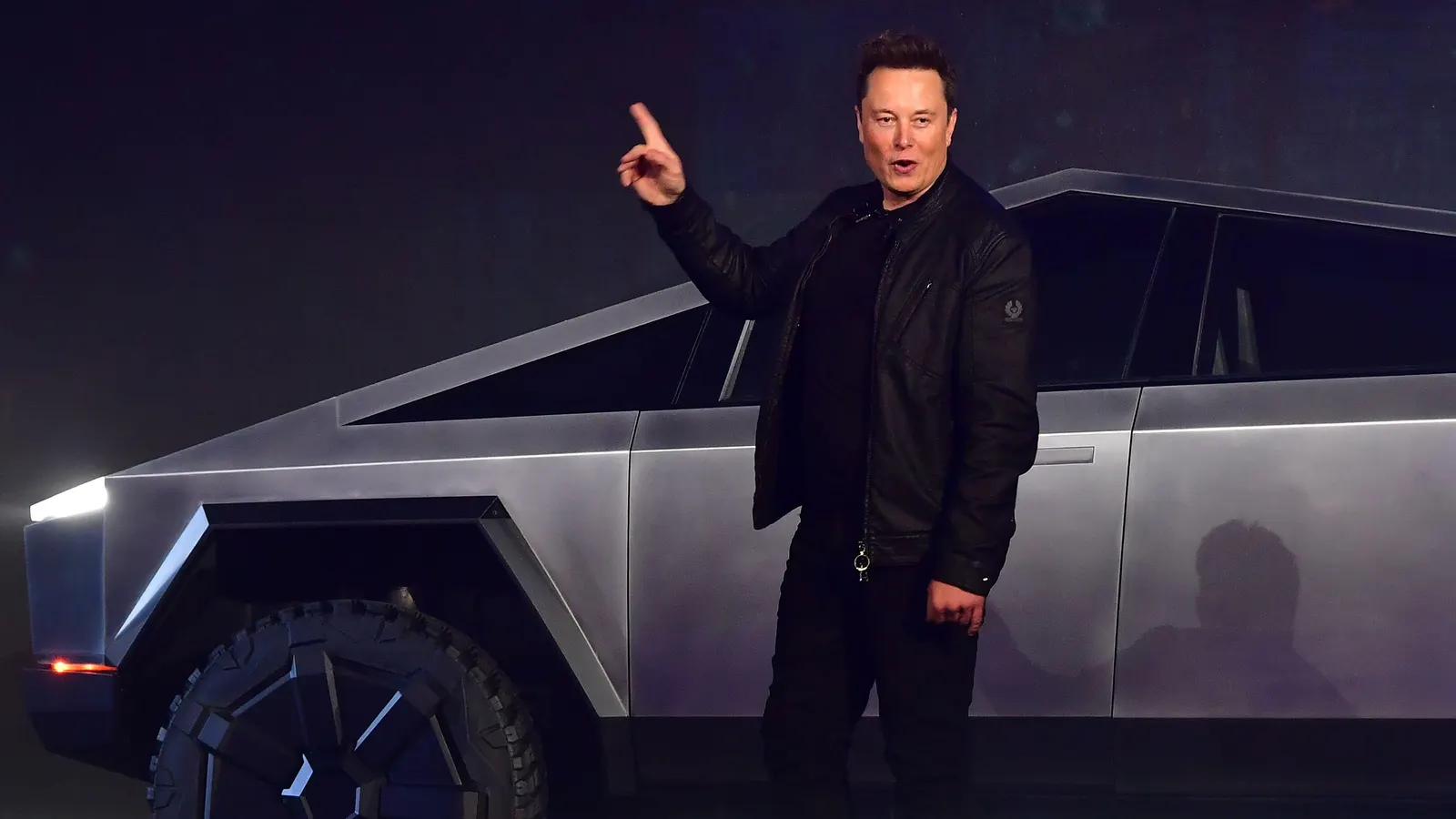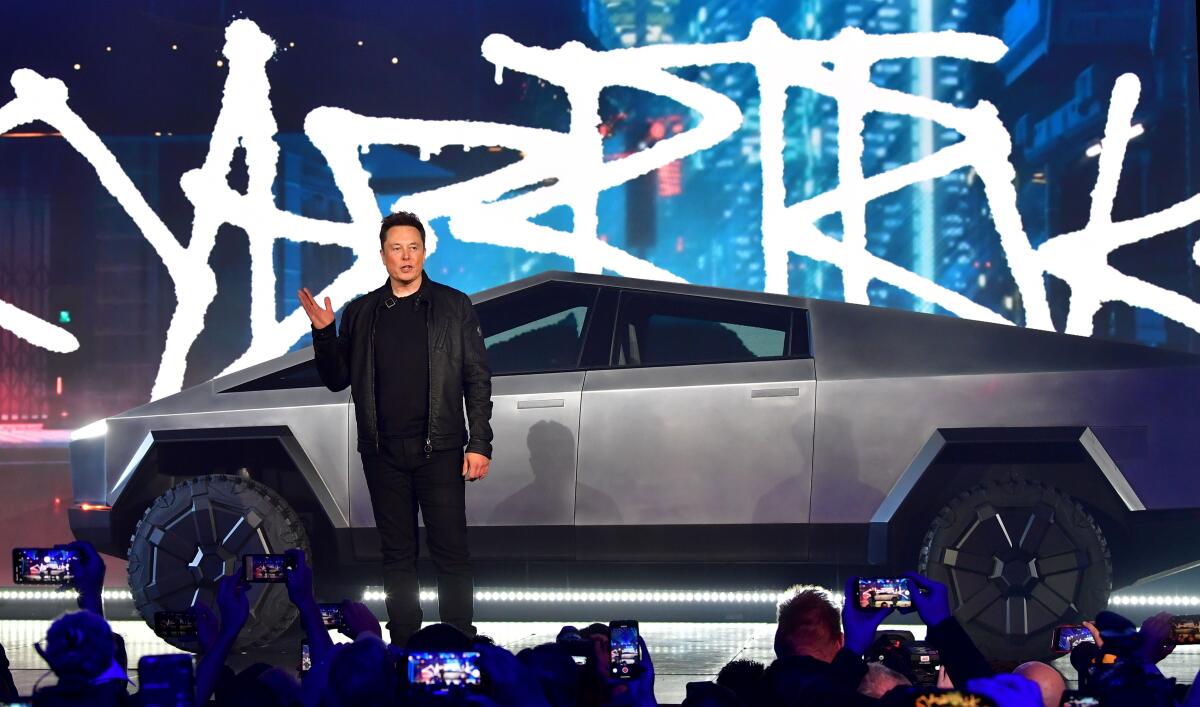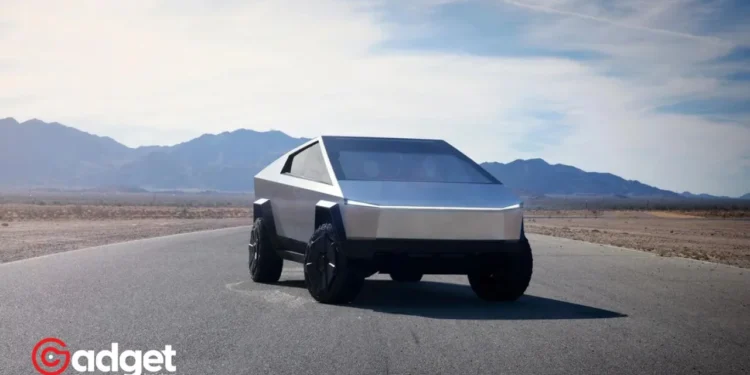In the realm of automotive innovation, Tesla’s Cybertruck was heralded as a futuristic leap forward, promising to redefine the electric vehicle (EV) landscape with its unconventional design and robust materials. However, recent reports from owners suggest that the Cybertruck’s “ultra-hard stainless steel” exterior is not as impervious to the elements as initially promised, raising questions about the practicality of its materials in real-world conditions.

Cybertruck: The Stainless Steel Paradox
When Elon Musk unveiled the Cybertruck in 2019, he boldly proclaimed its exterior to be “literally bulletproof,” a statement that captured the imagination of tech enthusiasts and environmental advocates alike.
Yet, it seems that this avant-garde truck may have an Achilles’ heel: susceptibility to rust.

Members of the Cybertruck Owners Club forum have voiced their concerns, with alarming accounts of rust development on their prized vehicles. One user, Raxar, recounted the advisor’s warning upon collecting their $61,000 truck, stating that “the Cybertrucks develop orange rust marks in the rain.”
This revelation was echoed by another owner, vertigo3pc, who noticed “corrosion forming on the metal” after merely 11 days of exposure to rain in Los Angeles.
The absence of a clear coat, a standard protective layer found on almost every new vehicle, leaves the Cybertruck’s stainless steel body exposed to the elements. Tesla offers a $5,000 urethane-based film as a protective option, but this additional cost and the necessity of such protection call into question the durability and maintenance-free appeal of the vehicle.
Lady Gaga spotted promoting Beyoncé’s new single “Texas Hold ‘Em” on her Tesla Cybertruck. pic.twitter.com/4RMNjPKlMV
— lesego. 🪩 (fan acc) (@LeeLovesBey) February 17, 2024
A Historical Oversight?
The automotive industry has long recognized the challenges associated with using stainless steel for exterior vehicle panels. Its heavy, costly, and rigid nature, coupled with difficulty in manufacturing, has deterred most carmakers from adopting the material, despite its corrosion-resistant properties.
The DMC DeLorean and a vintage 1960s Porsche are notable exceptions, yet they remain outliers in a sea of aluminum and steel-bodied vehicles.
Tesla’s decision to forgo traditional protective measures against corrosion may have been an oversight, or perhaps a misjudgment of stainless steel’s performance as an exterior material under constant exposure to the elements.
The idea that a vehicle, which spends the majority of its life outdoors, could do without such protection seems to be a miscalculation.

Rethinking Stainless Steel
The rusting Cybertrucks serve as a case study of the trade-offs between innovation and practicality. While striving for a futuristic aesthetic and unparalleled durability, Tesla may need to revisit the drawing board for material choices, especially for components exposed to harsh weather conditions.
The allure of a bulletproof exterior is undeniable, but not at the cost of fundamental issues like corrosion, which can compromise the vehicle’s integrity and aesthetics over time.
As Tesla addresses these concerns, the situation underscores the importance of balancing cutting-edge design with the realities of everyday use.
It also highlights the need for ongoing innovation in materials science, potentially paving the way for new solutions that can withstand environmental challenges without compromising on performance or aesthetics.










